TPW TV–Freshwater Fishing Hall of Fame Honoree
Friday, June 15th, 2018This is Passport to Texas
The Texas Freshwater Fishing Hall of Fame honors individuals and organizations for their contributions to the sport. Gulf States Toyota is one such inductee.
Gulf States Toyota joined with Texas Parks and Wildlife Department in a private-public partnership to create the Toyota Texas Bass Classic, and also with the Toyota ShareLunker program.
Dave Terre, Texas Parks and Wildlife chief of fish management and research, says Gulf States Toyota, has been a boon to bass fishing…and not just in Texas.
The Toyota Texas bass Classic has been huge for Texas Parks and Wildlife. It’s provided us an opportunity to engage millions of people into fishing—all across Texas, and really across the United States of America.
The Guld State’s support helped double the neighborhood fishin’ lakes in Texas, thus making fishing accessible to more families in the urban core. And its long-term involvement in the ShareLunker program, is legend.
Gulf States Toyota supported the Sharelunker program since 2009. It’s really putting us on a path to create cutting edge science. It’s allowed us to be able to track these fish through DNA.
Gulf States Toyota is in the spotlight next week on the Texas Parks and Wildlife TV series on PBS. Check your local listings.
For Texas Parks and Wildlife…I’m Cecilia Nasti.
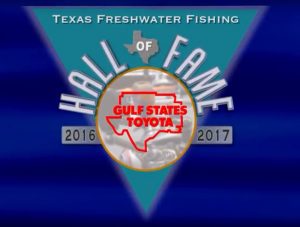

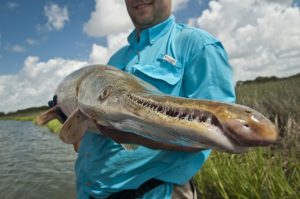
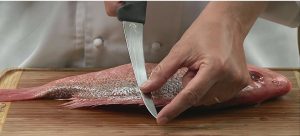
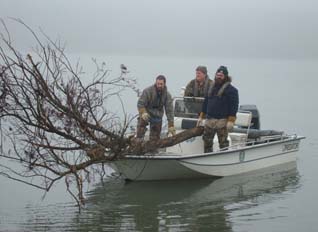
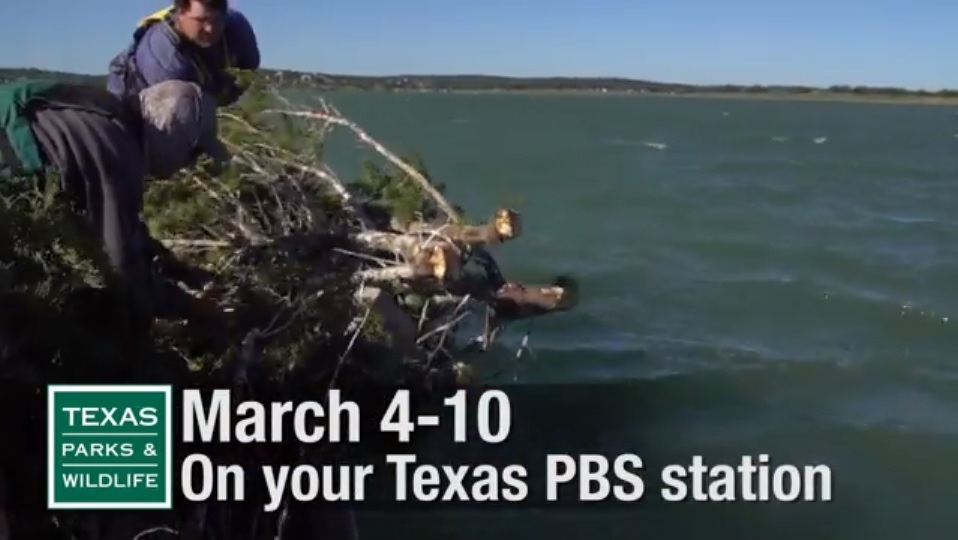

 Passport to Texas is a
Passport to Texas is a  Passport to Texas is made available by:
Passport to Texas is made available by: